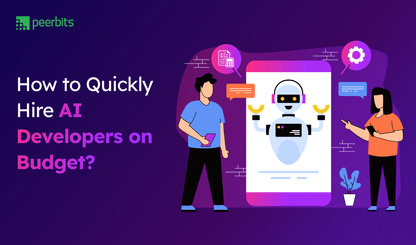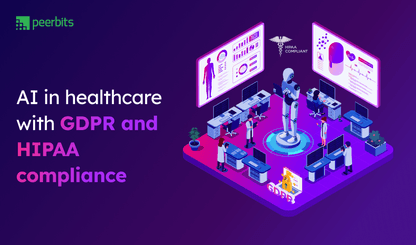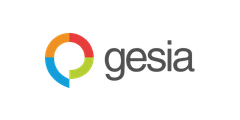Choosing the best AI chatbot platform is not as simple as it sounds. With so many tools out there, from no-code builders to open-source solutions, it’s easy to get stuck comparing features and still feel unsure.
For businesses, this choice directly affects how smoothly support runs, how efficiently teams work, and how well customers stay engaged.
Whether you are leading a product team or running a non-tech business, what matters is finding a platform that matches your goals, not just what looks good on paper. This guide will help you break down different types of platforms, key comparison points, pricing models, and which tools suit which business needs.
Many businesses explore AI chatbot development services when off-the-shelf platforms fall short of their specific needs. If your use case demands deeper integrations or long-term scalability, it’s worth looking beyond just basic builders.
Why do you need an AI chatbot?
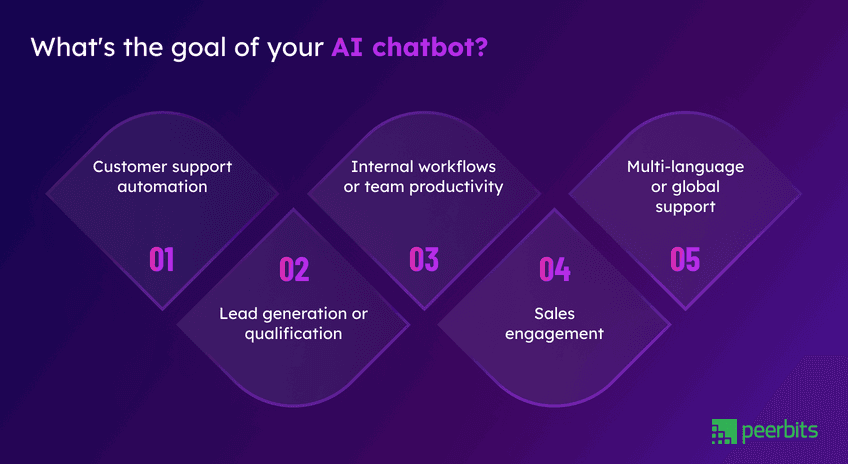
Before diving into platforms, the most important step is understanding what you’re trying to solve. The purpose behind your chatbot decides everything from which features to prioritize to which AI chatbot platform for business will suit your business best. Skipping this clarity often leads to picking a tool that looks good on paper but doesn’t deliver value.
Here are some common chatbot use cases that shape how you choose the right platform:
Customer support automation
If your team is overloaded by repetitive support queries or limited availability, AI chatbot for customer support can take over those front-line interactions. It can instantly answer FAQs, collect issue details, and even route complex queries to human agents without delay. This helps reduce response time, improve customer satisfaction, and lower support costs.
Lead generation or qualification
Chatbots can qualify leads directly on your website or landing pages. This is especially useful for ecommerce chatbot solutions that boost sales by engaging visitors in real time, collecting necessary info, and routing warm leads to your CRM or sales reps. No forms, no delays, just faster conversions.
Internal workflows or team productivity
Many businesses use chatbots internally to automate HR, IT, or operations workflows. These bots can answer payroll questions, manage shift requests, or create IT tickets to saving teams time and improving efficiency. Some of the best platforms include easy-to-use no code AI chatbot platforms for quick internal deployment.
Sales engagement
A potential customer browsing your site might have questions or need guidance. If no one engages them, you lose the moment. A well-placed chatbot can initiate a conversation, provide product recommendations, or even schedule demos. It helps sales teams stay connected without being online 24/7.
Multi-language or global support
If your business serves users across different countries or regions, a chatbot that supports multiple languages is more than a nice-to-have. It helps you offer localized experiences, improves customer trust, and avoids communication gaps without the need for separate regional teams.
Read more: AI Chatbot Trends 2025 You Shouldn't Miss
Common types of AI chatbot platforms
Not every business needs the same kind of AI chatbot. Some prefer fast deployment with no coding, while others want full control and customization. The good news is, the market offers different types of platforms built to match these needs.
Here’s a breakdown of the major categories you’ll come across when looking for the best AI chatbot platform for your business.
No-code AI chatbot platforms
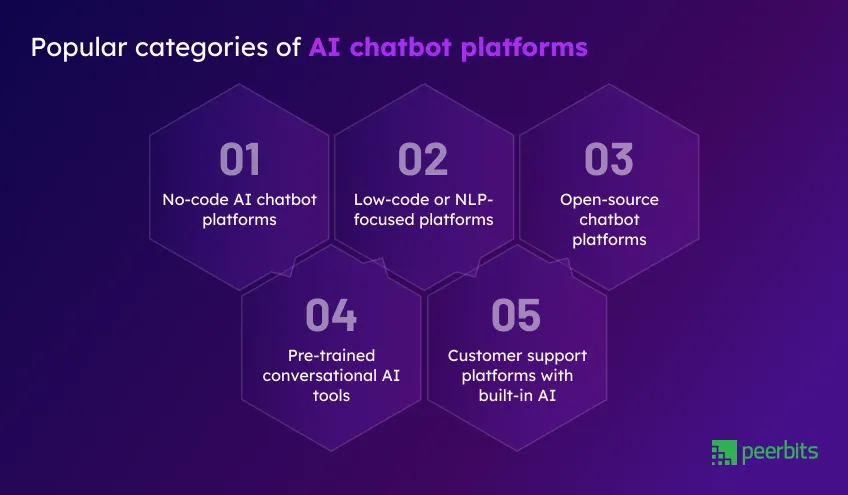
Not every business needs the same kind of AI chatbot. Some prefer fast deployment with no coding, while others want full control and customization. The good news is, the market offers different types of platforms built to match these needs.
Here’s a breakdown of the major categories you’ll come across when looking for the best AI chatbot platform for your business.
chatbot
These platforms are made for non-technical users who want to build a chatbot quickly. Tools like Landbot, Tars, and ManyChat offer visual drag-and-drop interfaces that help you launch basic bots for lead capture, FAQs, or marketing campaigns.
Ideal for teams that want speed over complexity, these platforms are a go-to for businesses starting out with automation or customer interaction.
Low-code or NLP-focused platforms
When you want more intelligence behind your chatbot, platforms like Dialogflow, IBM Watson Assistant, and Microsoft Bot Framework let you build AI-driven bots using natural language processing.
These tools require some technical input but offer flexibility and better control. For businesses looking to create smart conversational flows without building everything from the ground up, this category fits well.
Open-source chatbot platforms
If your business needs full customization and complete data control, open-source solutions like Rasa and Botpress offer the freedom to build everything the way you want.
They are suitable for companies with internal developer teams or those working on privacy-sensitive solutions like healthcare chatbot development or finance workflows.
Pre-trained conversational AI tools
Options like ChatGPT API or Claude API bring pre-trained AI into your own systems. These tools are ideal for companies that want to add natural conversations to websites, apps, or support channels without training their own models.
You get powerful results quickly, making them a strong fit for scalable chatbot features in ecommerce or service-based businesses.
Customer support platforms with built-in AI
Tools like Intercom, Drift, Tidio, and Zendesk Chat come with built-in chatbot features as part of a larger CRM or support suite. These are often used when businesses want to combine live chat, ticketing, and automation under one roof.
It works well for teams looking for full customer lifecycle management with AI-backed support.
Quick comparison of top AI chatbot platform types
Still deciding between open-source, hosted, or no-code chatbot builders? This table sums up the key traits of different AI chatbot platforms, helping you see which one fits your business goals, technical bandwidth, and budget plans.
If you're aiming to build something long-term or custom-fit, this also gives you a sense of where expert help might make things easier.
| Platform Type | Examples | Best For | Flexibility & Control | Integration & Channel Support | Pricing Style |
|---|---|---|---|---|---|
| No-code chatbot platforms | Landbot, Tars, ManyChat | Quick deployment, lead gen, basic support | Low to Medium | Limited (mostly web + social) | Subscription-based |
| Low-code/NLP-focused platforms | Dialogflow, IBM Watson, Bot Framework | Smarter conversations, structured NLP | Medium to High | Strong, supports multiple channels | Subscription or usage-based |
| Open-source chatbot platforms | Rasa, Botpress | Full control, privacy-focused solutions | Very High | Customizable, depends on setup | Free core, paid for enterprise |
| Pre-trained conversational APIs | ChatGPT API, Claude API | Natural conversations, fast rollout | High (via API logic) | Channel-agnostic with dev effort | Token-based (pay-per-use) |
| Support platforms with AI bots | Intercom, Drift, Zendesk Chat, Tidio | Customer support, CRM-backed chat | Medium | Deep CRM and email integrations | Freemium |
Key factors to consider when choosing an AI chatbot platform
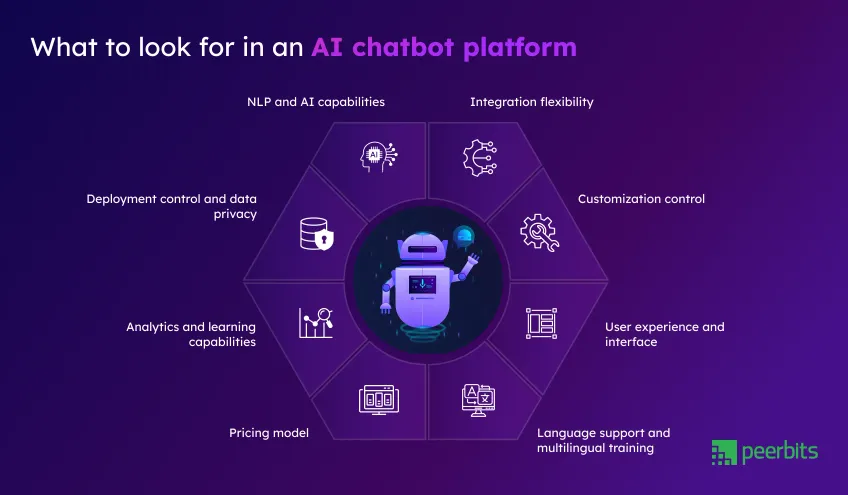
Once you know your use case, the next step is evaluating what really counts in a platform. Not all tools offer the same depth, flexibility, or control and some may look good on the surface but fall short once you scale.
Here are the key factors to consider while comparing AI chatbot platforms for business use.
NLP and AI capabilities
A chatbot is only as smart as the intelligence behind it. Look for features like multi-intent detection, fallback handling, contextual memory, and tone control. These are essential if your bot needs to handle real conversations, not just scripted replies.
Example: Compare how Dialogflow, Rasa, and Intercom AI handle context and fallback responses. Rasa offers deep NLP control, Dialogflow balances ease and power, while Intercom is more focused on basic support flows.
Integration flexibility
The platform should connect well with your existing systems, whether it's your CRM, helpdesk, website, WhatsApp, or internal tools like Slack. Seamless chatbot integration with CRM tools is especially important for sales and support teams.
Real-life case: A chatbot that can't push or pull data from your workflows becomes an isolated tool. It might answer questions, but it won’t help teams make better decisions or close deals faster.
Customization control
Some platforms let you train your chatbot on your own data, others keep it within their ecosystem. Choose based on how much control you want over training, behavior, and deployment.
Example: Rasa (open-source) gives full control. ChatGPT API provides flexibility with smart output. Drift offers a hosted environment with limited customization.
User experience and interface
Even powerful platforms lose their value if the dashboard is confusing. A clean interface for setting up flows, training the bot, or managing conversations is key, if non-tech teams will use it.
Some of the best chatbot development platforms today invest in easy-to-use builders with visual workflows and quick testing.
Language support and multilingual training
If you're serving global users or multilingual regions, check for multi-language support and NLP training in different languages. Some platforms only support English fluently, while others can be trained in multiple languages from day one.
Pricing model
AI chatbot pricing varies widely from flat monthly fees to token-based models or pay-per-conversation pricing. It’s important to match the pricing style to your use case and projected volume.
Example: Drift uses a tiered subscription model, while ChatGPT API is token-based and scales with usage. For startups, the flexibility of token-based pricing may offer better control.
Read more: AI app development cost in 2025: Complete breakdown
Analytics and learning capabilities
You’ll want to know how your chatbot is performing and whether it's improving. Look for built-in chatbot analytics tools that let you track success rates, drop-offs, and message quality.
Platforms that support AI learning over time help improve conversations without rebuilding flows from scratch.
Deployment control and data privacy
If you're in a regulated industry or care deeply about data control, check if the platform offers on-premise deployment or private cloud setups. Some businesses also need platforms that meet GDPR, HIPAA, or industry-specific security standards.
Questions to ask before adopting AI chatbot
Even if a platform looks great on the surface, it’s the smaller details that determine if it truly fits your business needs. Before adopting AI chatbot for your project, here are a few smart questions to help you think long term and stay prepared for what’s ahead.
Is this platform scalable for future workflows or channels?
Think beyond your current use case. Can the platform handle new automation goals, messaging channels, or departments as you grow?
Does it support fallback mechanisms when the bot fails?
No chatbot gets everything right. Make sure the platform can route to human agents, show help options, or recover conversations smoothly when things go off track.
Does it offer good documentation and community support?
If your internal team is taking charge, strong documentation and an active user community can save time and solve roadblocks. This matters a lot with platforms like Rasa or Dialogflow.
How long will it take to go live using this platform?
Deployment speed affects how fast you can start learning from real users. Whether it’s a no-code chatbot builder or a ChatGPT API integration, quicker setup helps with faster ROI.
Can your team manage it internally or will you need ongoing support?
Check whether your team has the skill to handle it after launch. If not, you may want support from AI chatbot experts or a development partner who understands your business goals.
Hidden costs & limitations with AI chatbot
While evaluating AI chatbot platforms, most teams focus on the upfront features and pricing plans. But there are hidden costs and functional gaps that only show up later and they can seriously affect your budget or flexibility. Here are some of the most common AI chatbot challenges to watch for:
-
Token usage or conversation limits: Platforms like GPT API work on token-based pricing. It sounds flexible, but if your chatbot handles a lot of long queries or heavy daily traffic, costs can spike fast.
-
Channel-based pricing: Some platforms charge extra based on the messaging channel. WhatsApp, SMS, and Facebook Messenger often come with separate add-ons, which can add up if you scale across multiple touchpoints.
-
Customization limitations in no-code platforms: Drag-and-drop builders are great for speed, but many restrict access to advanced logic or data-level control. As your workflows get complex, you might hit a wall with what you can tweak.
-
Licensing fees for open-source tools: Open-source sounds free, but if you're deploying platforms like Rasa or Botpress for commercial use, you may run into licensing costs, especially for premium features or enterprise support.
-
Third-party dependency costs: You may need extra tools for hosting, chatbot analytics, or conversation monitoring. These aren’t always included in the base price and can lead to extra monthly charges if you’re not careful.
Find your fit: AI Chatbot Checklist
If you're stuck between options or not fully sure what fits your business best, this quick checklist can help sort things out. It’s useful whether you're exploring AI chatbot platforms for business, trying to keep costs in check, or just planning for future automation needs.
- Do you have in-house developers or need a no-code option?
The right platform depends on your team’s technical comfort. If you're going no-code, keep an eye on customization limits.
- Is your chatbot customer-facing or internal-use only?
External bots need better design, analytics, and fallback systems. Internal bots might prioritize integration with internal tools.
- How complex is your chatbot’s purpose?
A simple lead gen or FAQ bot needs less logic than one managing full product flows or AI chatbot for bookings.
- Does it need to learn continuously or just answer FAQs?
Pre-trained models like GPT work well for ongoing learning, while rule-based builders are fine for basic tasks.
- How many platforms does it need to integrate with?
If you're connecting CRMs, helpdesks, or WhatsApp, integration-ready platforms are a safer pick.
- How important is multilingual support?
If you're targeting users in different regions, make sure the platform supports training and testing in multiple languages.
Why right AI chatbot development partner matters?
Most businesses don’t need the flashiest chatbot platform. What they actually need is a solution that fits their use case, works with their systems, and grows with their needs.
Platforms like Rasa, Dialogflow, and GPT-based APIs each bring different strengths, but the impact depends on how they’re set up, trained, and scaled. It is about building a chatbot that aligns with your workflows and delivering you long-term value.
That’s where AI consulting services can play a key role. Businesses often save time and avoid costly trial-and-error by working with specialists who understand platform limitations, integration challenges, and user experience best practices. With the right guidance, teams can launch faster and scale smarter.
A good platform is important. The right setup partner makes it valuable
Conclusion
Selecting the best AI chatbot platform requires more than comparing features. It involves aligning the platform’s capabilities with your specific business workflows, technical environment, and long-term objectives.
Whether the need is rapid deployment through a no-code chatbot builder or advanced control using open-source or API-driven platforms, the decision should be guided by clarity around goals, integration needs, and scalability.
Businesses that prioritize structured planning and expert input are able to move faster, reduce implementation risks, and build solutions that deliver measurable outcomes.
Before moving forward, define the core requirements, identify what success looks like, and choose a platform that not only meets current needs but supports future growth as well.



